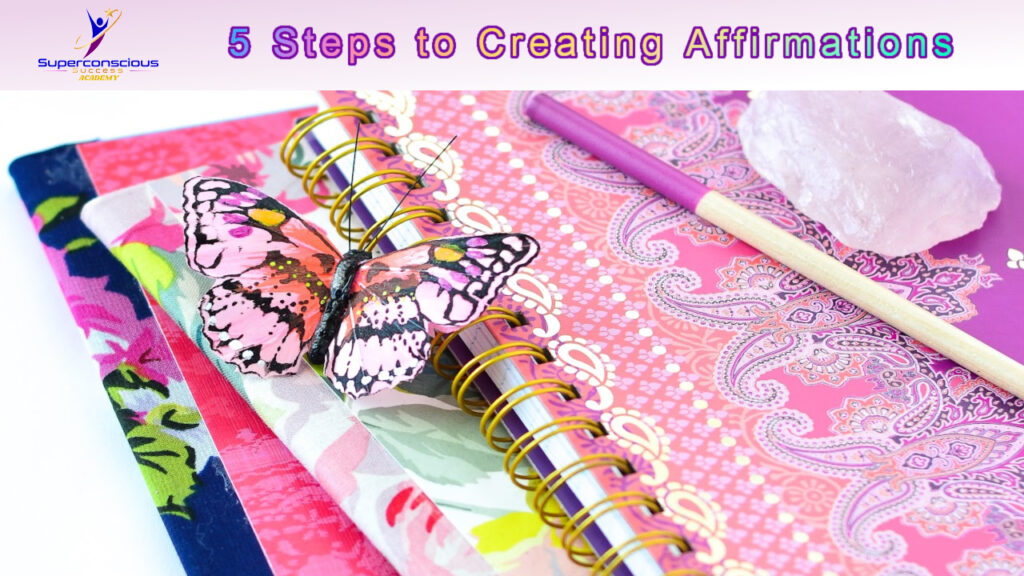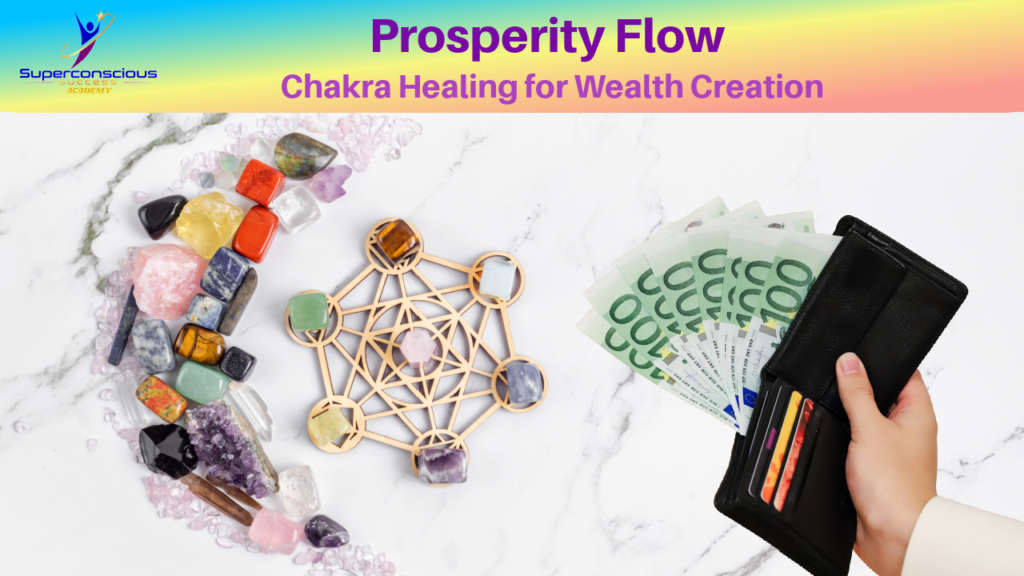
Welcome to this comprehensive guide on color therapy, also known as chromotherapy. In this blog post, you will delve into the fascinating history of color therapy, understand its basic principles, explore its various benefits, and learn practical steps to get started with this holistic healing method. Whether you’re seeking to enhance your physical health, improve your emotional well-being, or boost your mental clarity, you’ll discover how the power of colors can play a transformative role in your life. Join us on this vibrant journey to unlock the healing potential of colors and integrate chromotherapy into your wellness routine.
Chromatherapy, or color therapy, is an alternative healing method that uses the energy of colors to balance and enhance the body’s physical, emotional, and mental states. Rooted in ancient practices, it is based on the premise that colors, through their specific wavelengths and vibrations, can influence our health and well-being. This concept intertwines with the belief that different colors correspond to different areas of the body. Each color affects us uniquely.
The principles of chromatherapy revolve around the color spectrum, which includes primary, secondary, and tertiary colors. Each color on this spectrum has distinct properties and effects. For instance, red is often associated with energy and stimulation. On the other hand, blue links to calmness and relaxation. Yellow boosts optimism and clarity, whereas green balances and harmonizes.
There are various types of color therapy practices, with chromotherapy and light therapy being the most prominent. Chromotherapy involves using colored lights or visualizations to direct color energy to specific parts of the body. Light therapy, on the other hand, typically employs exposure to full-spectrum or specific colored lights. This treatment is often used for conditions such as seasonal affective disorder (SAD) or skin conditions.
As a practitioner, you can use various tools to facilitate healing. These include colored lights, crystals, fabrics, and even colored water. You select each tool based on the desired therapeutic effect and the area of the body being treated. For example, you might use colored lights to enhance mood or energy levels. Meanwhile, you could place colored crystals on the body to balance energy centers, also known as chakras.
The underlying idea behind these practices is that exposure to certain colors can help restore health and equilibrium. While scientific evidence on the efficacy of chromatherapy remains limited, many individuals report positive experiences and benefits. This makes it a popular complementary therapy for enhancing overall well-being.

















